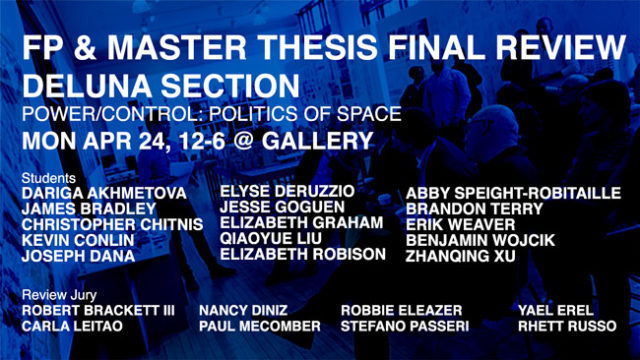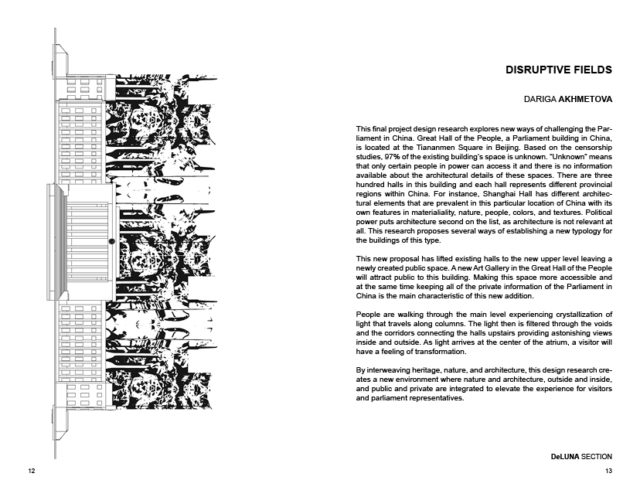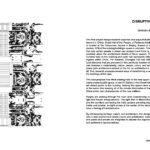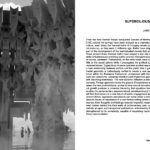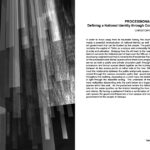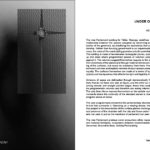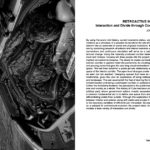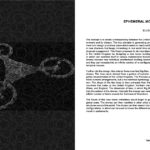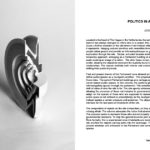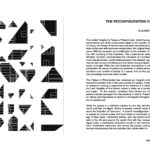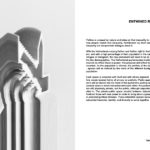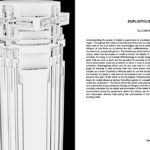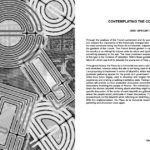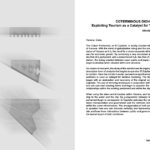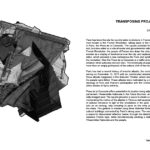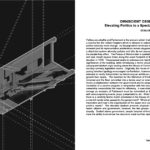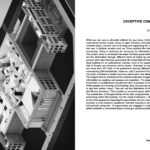Final Review: Final Project / DE LUNA Section
Final Review: Mon April-24 / Gallery 12-6pm:
POWER / CONTROL: POLITICS OF SPACE_
BRIAN DE LUNA section
Students: Dariga Akhmetova – James Bradley – Christopher Chitnis – Kevin Conlin – Joseph Dana – Elyse DeRuzzio – Jesse Goguen – Elizabeth Graham – Qiaoyue Liu – Elizabeth Robison – Abby Speight-Robitaille – Brandon Terry – Erik Weaver – Benjamin Wojcik – Zhanqing Xu.
Faculty: Brian De Luna
Guest Critics: Robert Lee Brackett III (Pratt) – Robbie Eleazer (Trahan Architects) – Paul Mecomber (Studio Libeskind).
SoA Critics: Nancy Diniz – Yael Erel – Carla Leitao – Stefano Passeri – Rhett Russo
Architecture will always serve power.
Georges Bataille
The subject of politics and power in architecture has re-emerged in the last decade as prominent topic, and the development of instability in the international political structure has correspondingly influenced the built environment (i.e.,the implications of the global financial crisis, the Occupy movement and ultimately the riots that occurred in front of the European National Bank). It was also the theme in this year’s 2016 Venice Biennale that was curated by Alejandro Aravena where he stated “The only animal that can defeat the rhinoceros is the mosquito.” Using this analogy Alejandro illustrates the capitalistic machine and how the disenfranchised can work together in a bottom up approach to reconfigure a pre-existing top down system. He reinforces, “The forces that shape the built environment are not necessarily amicable either: the greed and impatience of capital or the single mindlessness and conservatism of the bureaucracy tend to produce banal, mediocre and dull built environments.“ In a response to this year’s Biennale, Jeffrey Kipnis argued for a different style of activism. Kipnis’s response to Alejandro’s Biennale titled “By Other Mean” stated, “That any architecture that contests that relationship to entrenched power is a bona fide project of activism.” The Private Sector has invaded the realm of architecture and inserted itself into the public sphere, both real and virtual, consequently affecting the use of city space in incalculable measures.
We will explore architecture and the threshold/calculated harmony between public and private space and its impact on contemporary life. The program you select will be a building type that uniquely combines, intertwines, embraces and engages both the public and private sectors. Your chosen program should exemplify a political agenda and can serve as an ornament of power (i.e banks, skyscrapers, museums, stadiums, public housing…) that negotiates various public and private interests, including government, finance, and public population. Architecture is constantly proposing to convert conflict into consensus manifested in built form. This studio is concerned with the ways in which architecture can become an implement for power through reconfiguring space to signify and represent power.
The “Final Project” will focus on reconnecting architecture with power to examine the issues of politics and space. Our methodology will be to study the interaction between space and different social and technological scenarios that exists at varying scales from the city to an individual structure. Space is a complex resource and commodity for power that is expressed by the examination and aesthetic representation of power so that we can identify obvious but latent conditions that continue to effect today’s city as a political body. However, the built environment is more than a grouping of existing typologies and topologies in the service of power. Space has characteristics that affect the conditions under which power can be executed, conflicts pursued and social control attempted. Furthermore, particularly when spaces are intentionally constructed as forms of power, we can witness that architecture is a model that is both political and an aesthetic, embodying the ability to integrate conflicting and unrelated elements into a newly reconfigured whole. We will examine how emerging and distinct cultures influence public and private space while embracing leisure, commerce, etc. and positing the question to what becomes of new forms of power when they re- enter the city and urban realm. How will this shifting paradigm alter the built environment, reclaim the concept of image and prowess, and situate themselves as dominant forces of change etc?
///
